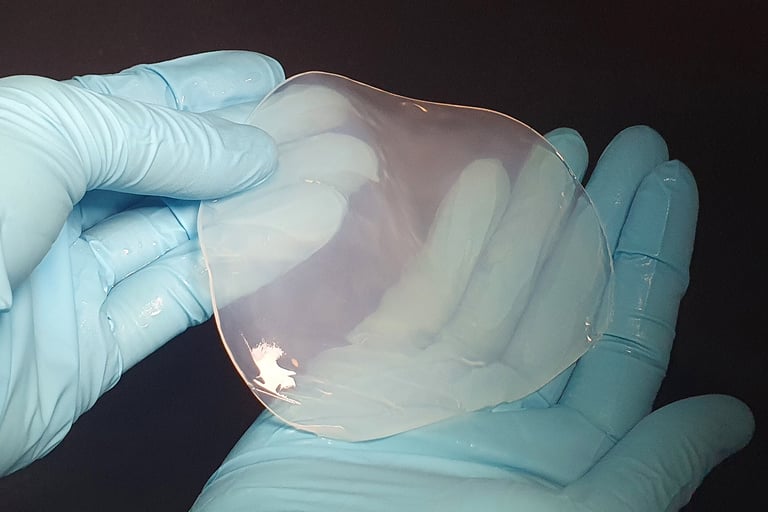ETH Zurich Team Innovates Cellulose Production, Boosts Output by 70% Using UV-Modified Bacteria
July 30, 2024
A research team at ETH Zurich, led by André Studart, has developed a groundbreaking method to enhance cellulose production using the bacterium Komagataeibacter sucrofermentans.
The researchers utilized UV light to induce genetic modifications in the bacteria, aiming to significantly boost cellulose output.
By employing principles of natural selection, the team rapidly generated thousands of bacterial variants, enabling them to identify those with improved cellulose yields.
An automated sorting system was developed to efficiently isolate bacterial cells that produced significantly higher amounts of cellulose.
The innovative method has led to variants that can produce up to 70% more cellulose compared to the original strains.
These evolved variants are capable of producing cellulose mats that are nearly double the weight and thickness of those from the wild type.
Komagataeibacter sucrofermentans is particularly valuable for its ability to produce high-purity cellulose, which is essential for applications in biomedicine and packaging.
Historically, the natural production process of cellulose has yielded small quantities, making it unsuitable for industrial applications, which this research aims to address.
The research team has applied for patents for their method and the mutated bacterial strains, with plans to collaborate with industry for real-world testing.
This new approach not only enhances cellulose production but is also adaptable for producing other materials, marking a significant advancement in microbial production technologies.
The current limitations of slow production rates and insufficient quantities for industrial use have driven researchers to enhance microbial output.
The sorting technology developed can quickly analyze and sort hundreds of thousands of droplets, identifying those with the highest cellulose production.
Summary based on 3 sources
Get a daily email with more Science stories
Sources

ScienceDaily • Jul 30, 2024
How researchers turn bacteria into cellulose-producing mini-factories
Phys.org • Jul 30, 2024
Scientists convert bacteria into efficient cellulose producers
EurekAlert! • Jul 30, 2024
How researchers turn bacteria into cellulose-producing mini-factories